(ThyBlackMan.com) Driving without insurance is a problem, even though the state requires everyone on the road have it. Here’s the kicker: if you’re in an accident with an uninsured driver, it can cost you a lot of money. Unfair? It is. Here’s how you protect yourself.
Poverty Is A Major Barrier
There’s no typical uninsured motorist. Some people don’t have car insurance because they resent the state forcing it on them. They have the New Hampshire “Live Free or Die” attitude, which is the only state that doesn’t require drivers to have insurance. Other people don’t have it because they’re undocumented immigrants who don’t have driver’s licenses. Naturally, they can’t have legal insurance coverage either.
Most of the uninsured people don’t purchase insurance because they can’t afford it. It seems funny a person could afford a car but not 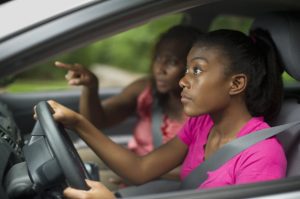 insurance. This is what they claim, however. The number of uninsured drivers peaked in 2009 at 29.9 million. It then dropped to 29.7 million people in 2012, which is the last year data was available.
insurance. This is what they claim, however. The number of uninsured drivers peaked in 2009 at 29.9 million. It then dropped to 29.7 million people in 2012, which is the last year data was available.
Car insurance rates have steadily risen more slowly than other expenses in more recent years. Insurance ranks below other necessities like food and housing. And, drivers struggling to make ends meet may forgo insurance for other things, like groceries.
According to the Insurance Information Institute, a New York-based organization that tracks the insurance industry, expenses for car insurance increased by 10% between 2010 and 2011. Compare this to food expenses: up 21%, and housing expenses up by 29%. Public transportation was up 29%. And, healthcare up 52%. With all the price increases, it’s incredible to think people could afford anything.
And, for some, it’s true. They can’t afford to pay for insurance.
Warriors For Justice often takes on cases where people have been involved in an accident where the other driver didn’t have insurance. It’s not pretty. People who do not have insurance force the other party to pick up the costs. And, in cases where the uninsured motorist flees the scene, there’s little (if anything) that can be done except try to track down the vehicle.
While it’s understandable that people have to make choices about what they buy and what they live without, no one should be on the roads without insurance or a way to cover the costs of being in an accident.
How To Protect Yourself
Fortunately, you can protect yourself. There are several different types of insurances you can buy.
Uninsured Motorist (UM) Insurance. This is also called “uninsured motorist bodily injury insurance, or UMBI. It covers you and your passenger’s’ medical bills if you’re involved in an accident with an uninsured driver who’s at fault. UM insurance reimburses you and your passengers for lost wages too. It kicks in if you’re hit as a pedestrian by an uninsured driver. It’s also what protects you if you are the victim of a hit-and-run.
Uninsured Motorist Property Damage (UMPD) Coverage. UM insurance covers injuries. It does not cover damage to your car or property. You need UMPD. UMPD might not cover things beyond your vehicle, and this option may not be available from your insurer. It all varies by state.
Underinsured Motorist (UIM) Protection. In some instances, an at-fault driver may have liability insurance. However, the policy limits don’t cover the full amount of damage. In these cases, UIM covers it.
Auto Insurance for Lower-Income Drivers
Ideally, you’ll have enough insurance to cover every possible thing that could happen to you. But, that’s not always realistic. This is why people sometimes don’t carry coverage. But, it’s why you should carry uninsured motorist coverage. It’s a layer of protection that makes sure there’s money there to pay for damages to your vehicle, and possibly to you as well.
Unfortunately, since uninsured motorist coverage is a claim against your insurance, the insurer raises your rates. So, it’s a last resort to file a claim for this because it only hurts you, not the other driver.
To ensure everyone has insurance, some states like California, have programs to assist lower income drivers. Check with your state’s insurance division. If you’re a low income individual, there’s no reason why you can’t get insurance if there’s assistance available to you. In addition to these state programs, shop around for cheaper insurance. Some insurance companies specialize in underwriting policies for low income consumer.
Conclusion
While there are ways to protect yourself from uninsured or underinsured motorists, they all rely on you buying additional coverage to protect yourself. Outside of that, you will be forced to pay out of pocket for damages, which is even less appealing.
Chris had devoted his life to the practice of law. He lives it. He breathes it. Ask any client he’s represented and you’ll hear about the care and dedication he tirelessly provided day in and day out until the case was resolved. Ask any lawyer whose ever opposed him and they’ll begrudgingly admit how Chris fought relentlessly for every inch, every dollar – how he never backed down. Chris is the type of lawyer you read about in John Grisham novels. He’s the warrior you want fighting for you.
Staff Writer; Rich Stone













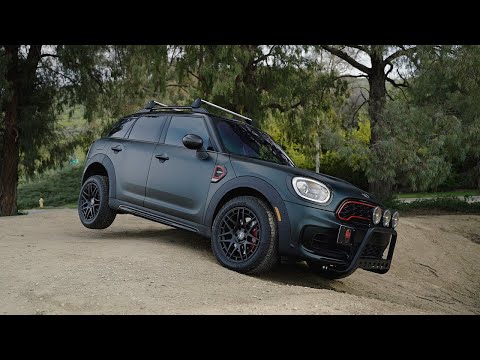
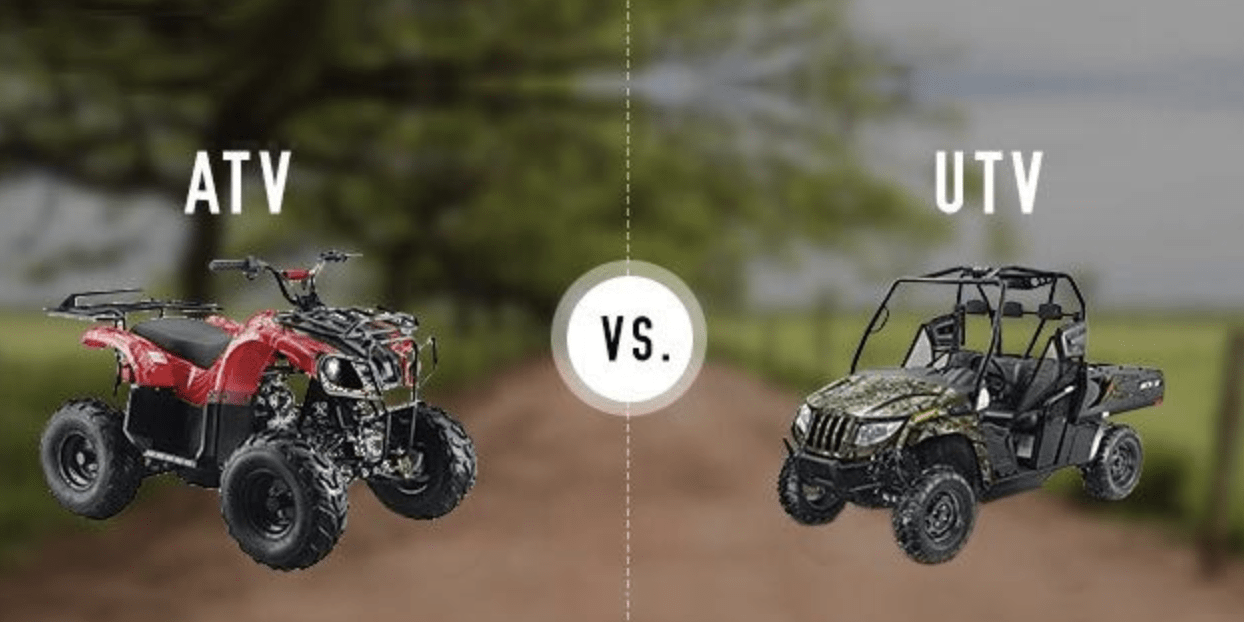
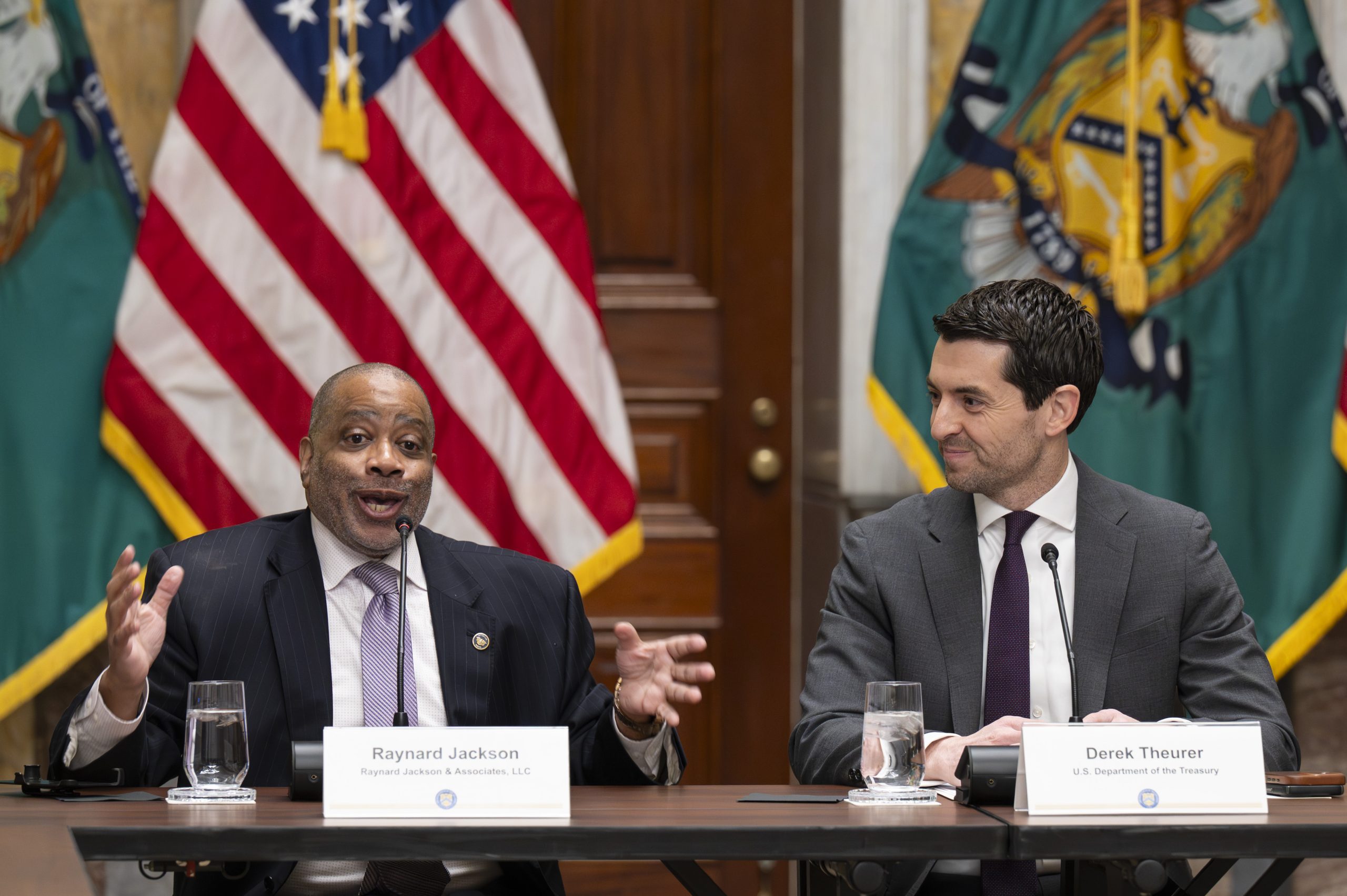
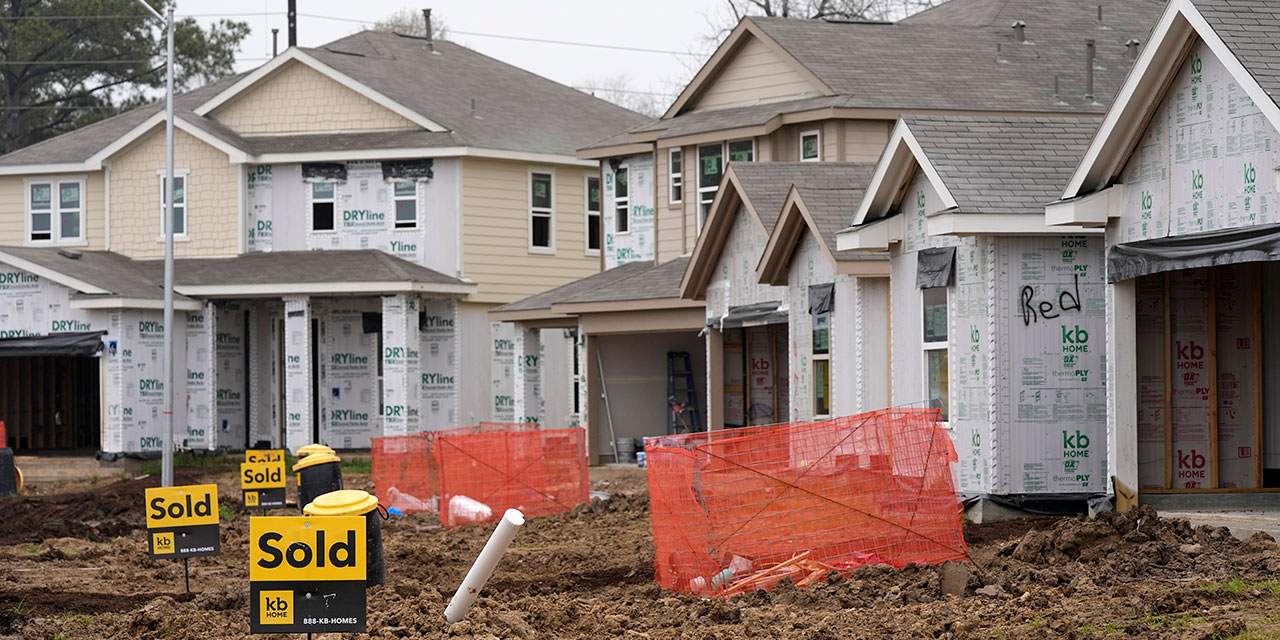
Thanks for telling both sides of the story. A low-income household making 12,000$ per year and has three teens has an insurance bill of probably 6,000$, or half their income. Many proponents may pay 300$ per year of their 30,000$ salary, or one per cent of their paycheck. I can fully understand why the poor don’t like buying auto insurance. If these laws are enforced, how many landlords won’t be getting their rent?